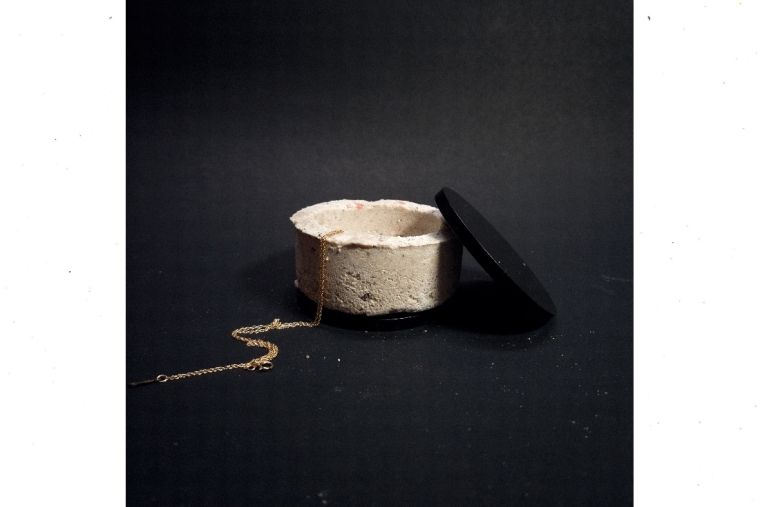

Designer and architect Rashmi Bidasaria was receiving training in the field of Architecture in Bangalore when she found herself drawn towards the details of structure. Themelding together of two materials, vastly different from one another, not only piqued her interest but also made her more involved in the behind-the-scenes. Be it how wood and metal met on the door handle, or how the curve on the soffit of a ceiling influences how one perceives space, she wanted to explore the intricacies of it all. After a few years of working as an architect, Rashmi decided to explore her curiosity further. She worked with Sandeep Sangaru, which was a turning point for her career. She learned what it meant to work alongside a community, understand materials in their truest forms and approach design with simplicity. She then went on to study at the Royal College of Art in London, choosing a course that allowed self-exploration.
Rashmi tell us more about her practice below:
THE PRACTICE
I find myself updating and re-describing my work ever so often, that I find layers of clarity in hindsight. The most enjoyable bit of my practice is when I am able to strikeconversations with people about the work and understand how it resonates with them. I believe my practice is driven by community and material processes. I am seeking to bring to life bits that may be invisible or hidden away but have a rather significant role. For example, the project Kaarigari highlights signature body movements of block-printing artisans — a very personal and individual approach to craft that the craftspeople bring to their everyday. With the project Dross, it was all about the pro- cess of material manufacture, creation and movement of waste materials in our society, consumption, work- force and the community in a steel manufacturing plant. Unpacking layers of different ecosystems and their influence on our everyday life.

MATERIAL EXPLORATION
I grew up enjoying DIY, making the most of materials at hand. Sometimes, the ‘material’ that I’m working with may also come in the form of knowledge or history of aplace/object and that takes precedence over the medium used for expression. The process of unwrapping that material medium is what is the most exciting aspect of a project for me. This allows me to work more fluidly and adapt based on the needs of the project, rather than to be constrained by my own prejudices. To that end but not limited to, I’m interested in cultural craft practices, material histories, machines and industrial processes, and the media that I’ve explored — weaving textiles with recy- cled paper, rubber, recycled plastic, 3D ceramics printing, and technology.
THE DROSS TABLES
March 2020, when covid hit, I had to return from London and come back to my hometown in Hubli to be with my family. I chose to continue the last three months of my Masters program remotely, and because of the way I work, I needed to start making something straight away. But I didn’t have any access to any materials or workshops because of the lockdown. I realised that the local steel- works, Southern Ferro Ltd. Hubli, had lots of raw materials and machinery — everything I needed. I also thought a lot about the waste that the factory produces, which is expen- sive to dispose. So I looked into ways to turn that expense into revenue.
All I had was the factory. I had to use what I had ready access to — the waste products, the things all around us that were just discarded or cast away. I used waste materials, steel slag and quartz, residual heat, and the knowledge that the workers already had from their craft, to experiment with different moulds and object shapes. It became a very utilitarian process. The factory workers and I collaborated on creating products that could be readily used in the immediate social setting of the fac- tory, and also those that pushed the material exploration. We slowly started seeing the integration of a small design intervention to manage waste becoming a part/way of life for the community in the factory.
This article is an all exclusive from our July EZ. To read more such articles, follow the link here.
Text Unnati Saini
Date 28-07-2022